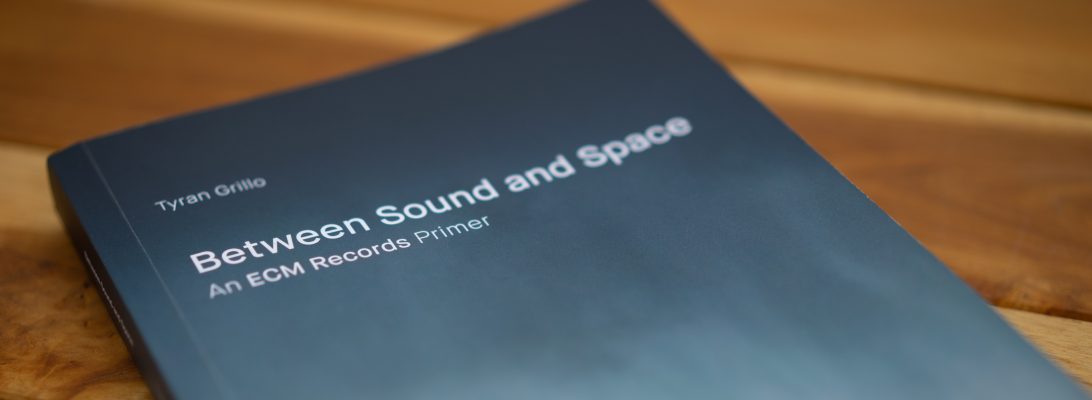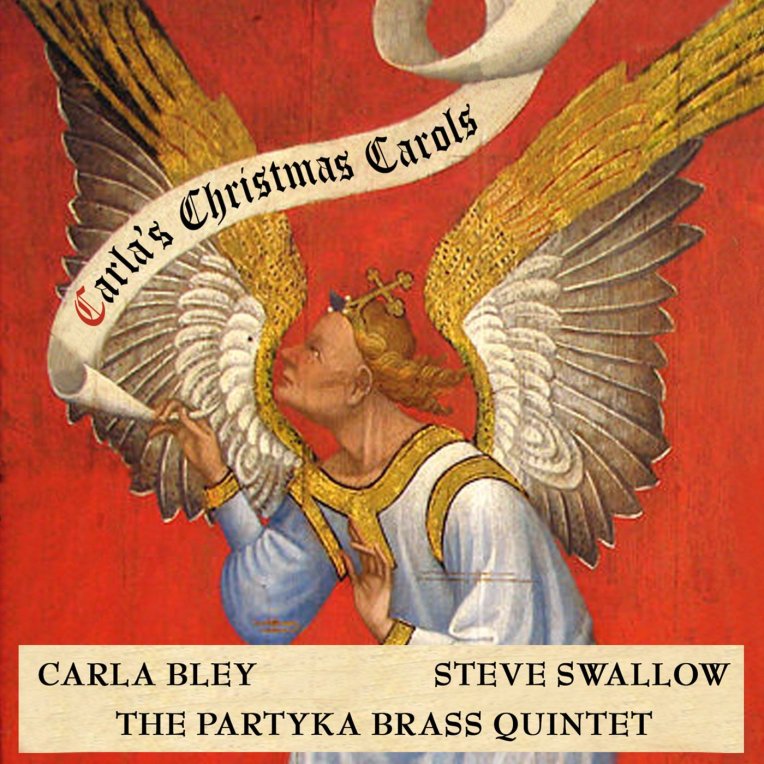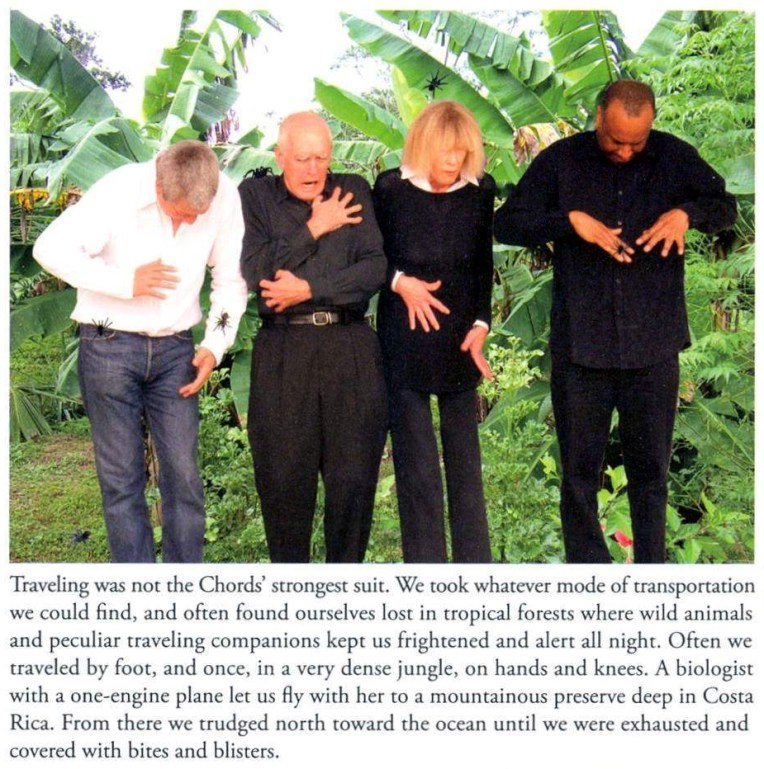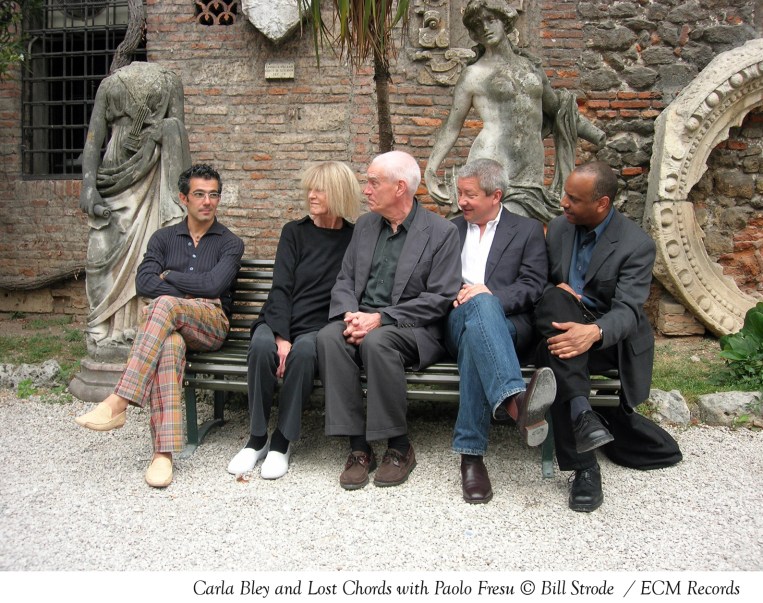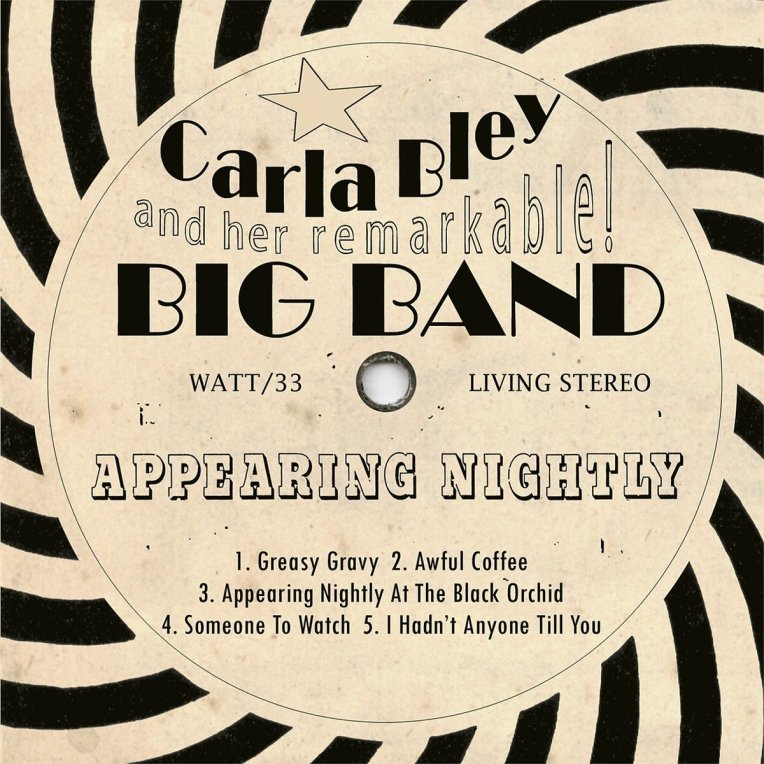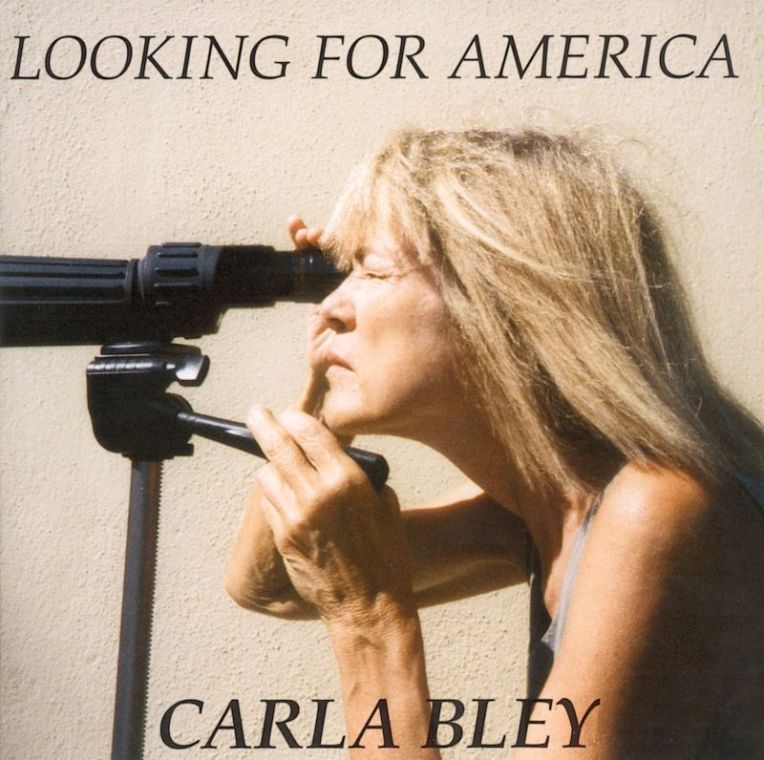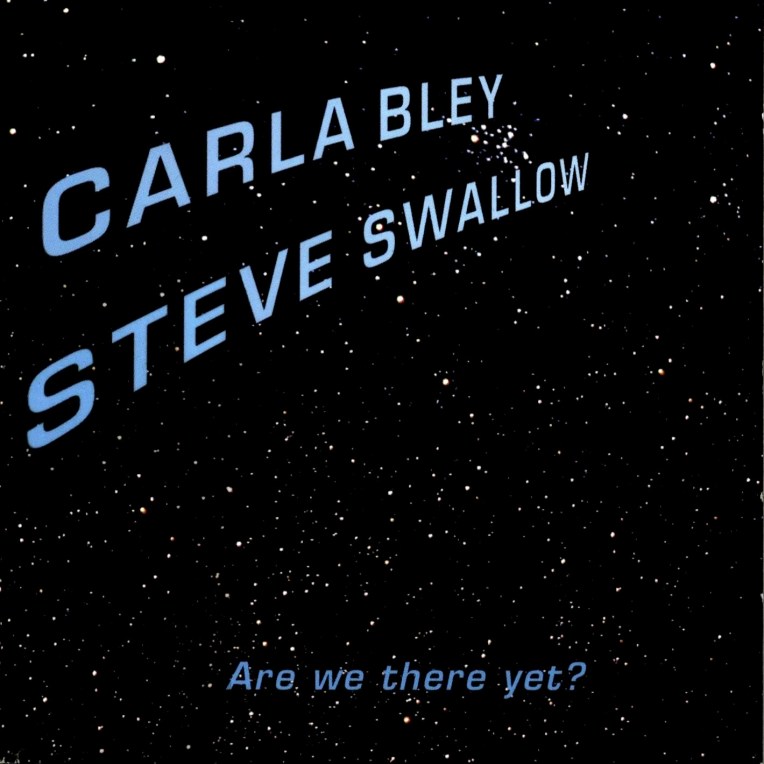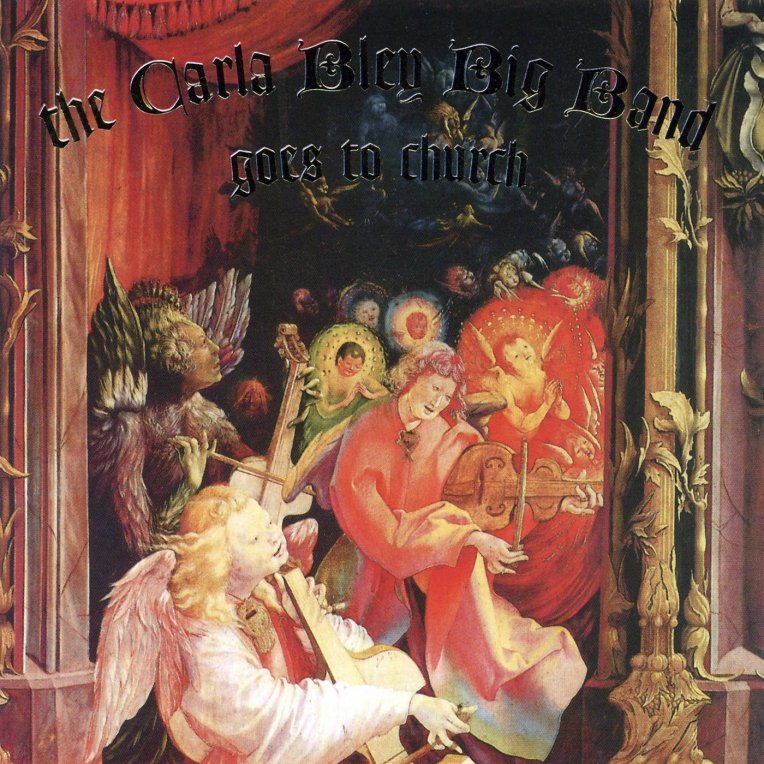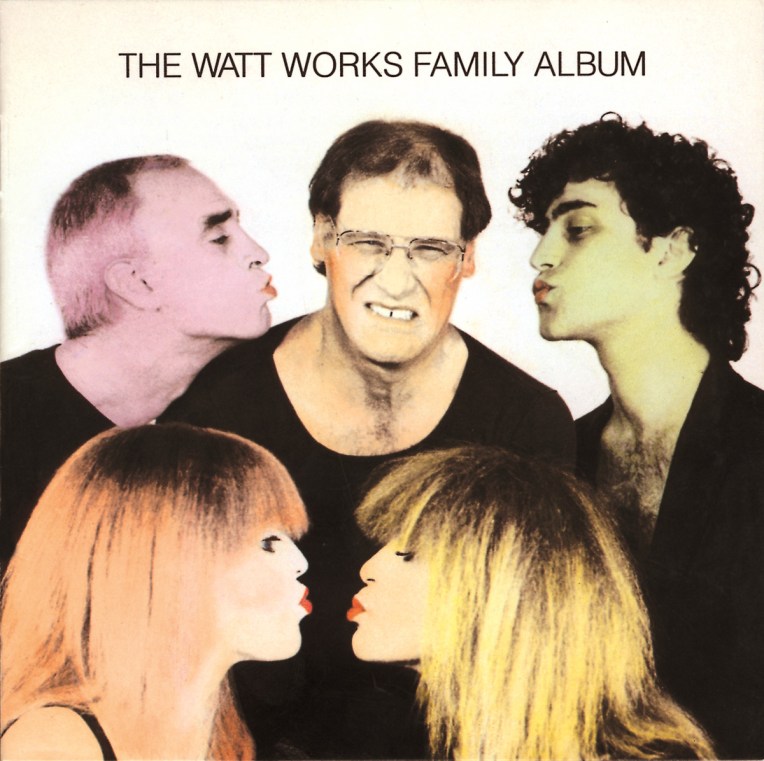
Having now traversed the entire WATT and XtraWATT catalogs, I feel it’s only appropriate to take a step back and admire the sheer variety of fish caught in this musical net. Thankfully, label owners Michael Mantler and Carla Bley assembled this compilation album to give us a representative selection. As noted in the CD booklet, WATT grew well beyond its nominal status as a record label into “a complete support system dedicated to the independent production of their music without compromise.” And while it may have been released on April 1, 1990, The Watt Works Family Album is no joke, but rather the thoughtful state of a union unlike any other.
Key artists from both labels are equitably represented. Bley gets first blush in her ravishing “Fleur Carnivore.” This 11-minute seduction isn’t without its elbows to the ribs, and pays worthy respect to her work for larger ensembles. “Walking Batteriewoman” jumps goes intimate in a duo version with bassist Steve Swallow, showing the breadth of her palette. Somewhere between the two in scope is the moonlit walk of “Talking Hearts,” left behind like a memory we hope will never end once the cringe of “I Hate To Sing” (from the brilliant vaudevillian album of the same name) takes over. “Ad Infinitum” (as it appears on 1977’s Dinner Music) expands Bley’s sound into even warmer climates, where the spirit of the age glows in our remembrance. The final Bley selection is “Funnybird Song,” which features a seven-year-old Karen Mantler. Fourteen years after that first appearance on record, she would make her leader debut, My Cat Arnold, from which we are treated to “Best Of Friends,” a delightful song about her love for mother Carla. As for father Michael, we are given deep, dark glimpses into a world of text and incidental soundtracks quite unlike anything else out there. From the genuine voices of Robert Wyatt in “A L’Abattoir” and Jack Bruce in “When I Run” to the orchestrally inflected powerhouses of “Twenty” and “Movie Six”—passing through Part 2 of Alien, which pairs Mantler’s trumpet with the synths of Don Preston, along the way—one can feel the stories aching to be told, even when no words are being sung. The two standalones are Swallow’s “Crab Alley” (a master class in fuzak) and Steve Weisberg’s “I Can’t Stand Another Night Alone (In Bed With You),” which for me is the sleeper hit of the XtraWatt portfolio.
After the pleasure of journeying through both labels, I can only thank you for joining me. I hope you took some pictures along the way.

